Known as the smallest gaskets, O-rings are donut-like, round gaskets that seal off space between both static and moving parts. Their goal is to prevent leaks and create a strong seal between two joined parts. O-rings are fairly inexpensive to manufacture and quite effective, making them very popular in a variety of applications. Read More…
Since 1989, we have been an o-ring distributor. We offer commercial, FDA, military, metric o-rings, caps, plugs, gaskets & more. Custom, rubber o-rings, metal o-rings, diaphragms, face seals and non-standard o-rings are also offered.

A leading o-ring manufacturer of quality metric seals for industries worldwide, defines Allied Metrics Seals & Fasteners. We offer FDA-approved elastomers, Teflon® seals, o-rings & much more. Choose from o-ring sizes, metal & plastic o-rings, o-ring kits, o-ring seals, silicone o-rings, EPDM o-rings, static o-rings, etc. Call/visit our website for more information about our products & services!

RD Rubber Technology Corp is an ISO 9001:2015 / AS9100:2016 certified and ITAR registered company. We offer compression, transfer, injection and Liquid Injection molding, rubber to metal bonding, engineering support, tooling design, machining and more. Our customers rely on us to give them the best possible production o-rings. From aerospace to medical, food processing to military applications we ...
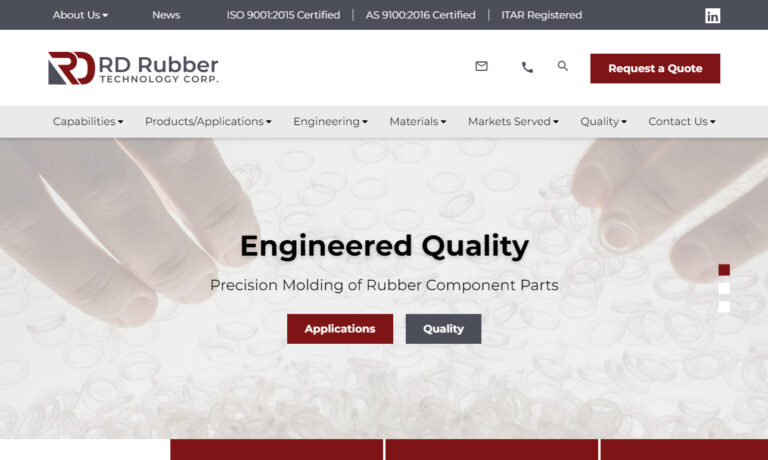
MSP Seals was founded in 1998 in Indianapolis, IN. Our company has been a major supplier of seals and various other materials, continually innovating and responding to the changing needs of our customers. We have introduced unique new products, o-rings, hydraulic/pneumatic packings, oil seals, and other types of seals, MSP Seals also supplies molded rubber shapes and lathe cut shapes.

At Seal Company, we pride ourselves on being a leading provider of high-quality O-rings and comprehensive sealing solutions tailored to meet the diverse needs of our valued customers. With decades of experience and a steadfast commitment to excellence, we have established ourselves as a trusted partner in the sealing industry. Our product portfolio encompasses a wide variety of O-rings, including ...

More O-Ring Manufacturers
O-rings are essential in managing pneumatic, hydraulic, and vacuum flows across a variety of applications, including rotating pump shafts, hydraulic cylinder pistons, gas caps, water bottle lids, engine turbines, and brake systems. They play a crucial role in numerous industries such as medicine, aerospace, aviation, chemical processing, petrochemicals and oil, water treatment, and even occasionally in jewelry making.
The History of O-Rings
On May 12, 1896, the world saw its first O-ring patent emerge from Sweden, granted to J.O. Lundberg. The concept didn’t reach the United States until 1936 when Niels Christensen, a Danish-American, secured the patent there. Despite his innovation, large corporations overlooked Christensen’s rights, freely exchanging his ideas until Westinghouse gained control. With the onset of World War II, the U.S. government seized the patent, justifying the action with the war’s demands. They distributed the manufacturing rights across various organizations to produce rubber seals essential for military airplane hydraulics. Post-war, Christensen was compensated with a $75,000 payment. Further, after a series of legal battles, his descendants received an additional $100,000 in 1971.
In the mid-20th century, engineers incorporated Christensen’s rubber seal gasket into their blueprints across sectors like industrial hydraulics, automotive production, and agricultural technology. From the 1950s to the 1970s, the creation of diverse synthetic rubbers and polymers flourished, offering significant advancements in the manufacturing of O-rings, a practice that remains essential today.
While manufacturers have celebrated numerous triumphs with the introduction of O-rings, they’ve also faced the harsh realities of substandard construction. The Challenger disaster of 1986 stands as a chilling reminder of what can go wrong. During the launch, the Challenger space shuttle was destroyed, claiming the lives of all seven astronauts on board. This catastrophic failure was linked to a defective O-ring. On that particularly cold morning, the O-rings on the solid rocket boosters misshaped due to the temperature but failed to revert to their normal form, thereby compromising the seal. Had the engineers considered the potential impact of extreme temperatures, perhaps this disaster might have been averted.
Considering this, engineers and manufacturers specializing in O-rings embarked on a thorough examination of material properties, especially focusing on temperature resilience, to prevent similar failures. They swiftly established stringent regulations covering quality control, packaging, labeling, and expiration dates. For instance, to ensure the reliability of O-rings in critical applications, manufacturers scrutinize them under UV lights to detect any fractures or stress points that might lead to seal breakdowns. Any O-rings with such flaws are withheld from distribution.
Design
Production Process
Manufacturers create O-rings through either injection molding or compression molding. Injection molding is the preferred method for its efficiency, allowing producers to quickly generate large quantities of O-rings. Conversely, compression molding, while effective for smaller orders, requires more time and is less suited for high-volume production.
Materials
O-rings can be crafted from a wide array of natural and synthetic elastomers, with the selection hinging on the specific properties sought by the manufacturer and how the material interacts with the substance it seals. Factors influencing this choice include sealing pressure, chemical compatibility, temperature, and lubrication needs.
Common materials used for O-rings encompass a variety of rubbers such as Teflon, viton, silicone, neoprene, nitrile, EPDM, perfluoroelastomer, and fluorosilicone. Additional choices include polyamides, indium, melt-processible rubber, Sani flour, clear plastics, and diverse metals.
In the demanding world of aerospace, where brake systems and engine turbines need O-rings that can withstand extreme conditions, materials such as EPDM, perfluoroelastomer, and fluorosilicone are typically chosen for their superior strength and resilience. Similarly, in the petro-chemical industry, which encompasses oil refining, water treatment, and chemical processing, O-rings made from viton, nitrile, perfluoroelastomer, and Teflon are preferred due to their robust resistance to fuels and chemicals.
Design and Customization Considerations
When crafting and tailoring O-rings, manufacturers meticulously plan out various aspects such as the type of material, its durability and hardness, as well as the dimensions of the cross-section and inner diameter. They also consider the capabilities of the O-ring seal, its shape, and size. These decisions hinge on the specific needs of the application, including the necessary sealing pressure, chemical compatibility, temperature tolerance, and lubrication needs. The choice of using metric or nonmetric measurements also depends on the O-ring’s intended environment. While the typical O-ring shape is round or donut-like, manufacturers have the flexibility to create custom profiles, including flat, square, rectangular, or even irregular shapes.
Features
Most O-rings have a disc-shaped cross-section. They are positioned in a groove between two joints. Under pressure, this disc shape compresses and deforms, thereby forming a seal. The effectiveness of the seal strengthens with increasing pressure from either inside or outside the O-ring. However, the sealing performance of an O-ring doesn’t hinge on its capacity to deform. Instead, it relies on its resilience, defined by its ability to return to its original shape after being deformed.
Types
Silicone O-Ring
Silicone excels in environments that demand a material resilient against rapid and extensive temperature changes, extreme dryness, and prolonged exposure to UV light. Commonly found in the heating and medical sectors, its applications also extend to more everyday uses. Despite its high cost, silicone is often employed in making O-rings for earplugs and as durable cords for necklaces.
EPDM O-Ring
EPDM O-rings excel in withstanding alcohol, acetone, and polar solvents such as MEK. Yet, their Achilles’ heel is their vulnerability to petroleum oils and greases. Typically, their usage is most common with various solvents.
Neoprene O-Ring
Neoprene O-rings play a crucial role in heat exchangers and chiller systems, ensuring that refrigerants such as Freon are securely sealed within.
Viton O-Ring
Viton O-rings, like their rubber counterparts, excel in oil refining and chemical processing due to their exceptional chemical resistance and remarkably high temperature thresholds.
Nitrile O-Ring
Among the array of standard O-ring options, nitrile O-rings stand out as the most favored. They are highly valued for their resistance to oil and fuel.
Clear O-Ring
Clear plastic O-rings are a staple in hospitals and medical care centers, where they often play a crucial role in IV setups and various types of clear tubing. These components are equally prevalent in the food and beverage processing industry. Generally crafted from materials like Teflon, polyurethane, or silicone, they are available in ultra-clear or semi-clear forms to suit different requirements.
Metal O-Ring
Rubber O-rings, while versatile, require additives to withstand extreme temperatures. Consequently, manufacturers often turn to metal or metal-alloyed O-rings. These alternatives boast greater strength and enhanced resistance to various stresses, including corrosion. They are particularly suited for applications demanding broader process, temperature, and corrosion resilience.
Metric O-Ring
Metric O-rings are defined by measurements in the metric system, commonly used outside the US. This standard is widely adopted for O-rings globally.
O-Ring Cord
O-ring cord is a versatile type of O-ring sold by the foot, allowing you to cut the material to your desired length and create custom-sized O-rings on the spot. This makes it an ideal solution for immediate sealing needs, particularly in large diameter, static applications.
Oil Seal Gasket
An oil seal O-ring gasket serves three primary purposes: firstly, it prevents contaminants from infiltrating static or dynamic machinery; secondly, it ensures that lubricants remain contained within the equipment; and thirdly, it prevents the mixing of fluids such as oil and water.
Advantages of O-Rings
O-rings bring a host of benefits compared to other types of seals. These advantages encompass flexibility, exceptional sealing capabilities, extensive usability across various applications and sizes, cost-effectiveness, and reusability.
By flexibility, we refer to the O-ring’s ability to effectively seal between surfaces, even if they are uneven or mismatched. The sealing is consistently airtight, regardless of surface irregularities. This effectiveness stems from the O-ring’s adaptability to conform to the shape of the cavity it occupies, thereby creating a vacuum-sealed environment.
We’ve noted that O-rings outperform other gasket seals in several areas. Their versatility stems from their ability to handle a broader temperature spectrum and endure pressures that can reach beyond 100 bar. Moreover, they are available in a vast array of sizes. Additionally, they maintain their integrity under high pressure without generating critical torque, thus safeguarding both the seal and its application from structural harm.
Despite their advantages, O-rings aren’t more costly than their counterparts. They remain economically advantageous, attributed to the cost-effective manufacturing processes. Constructed from materials like rubber, metal, or polymers, they also boast reusability. This not only conserves funds but also eases the environmental burden.
Accessories
Typical accessories for O-rings encompass assembly greases and lubricants, kits, extraction tools, and measuring cones. To discover which options would serve you best, consider consulting with your manufacturer.
Installation
- Ensure you lightly apply a compatible lubricant to your O-ring, unless your manufacturer specifies that lubrication is not necessary.
- Ensure that all sharp edges on surfaces are covered to prevent them from cutting or damaging your O-ring seal.
- Place the O-ring between the components to be joined.
- Ensure that the O-ring is evenly stretched all around, not just on one side.
- Ensure that the installation does not exceed 50% stretch.
- Ensure that the seals are not twisted in the glands or grooves.
Proper Care for O-Rings
O-rings can be remarkably durable with proper maintenance. To achieve the best results, consider encapsulating or covering your O-rings with Teflon. This will protect weaker materials from harmful chemicals and natural wear. Another effective method is using a supportive coating, such as a lubricant. However, ensure the lubricant does not contain the same materials as your O-ring to prevent erosion. Lastly, it’s wise to have a set of spare O-rings on hand, so you’re prepared if anything happens to your primary set.
Standards
Substandard O-ring construction poses significant dangers. Therefore, governments and industry organizations mandate strict compliance with O-ring standards. Common standards include those set by ISO (International Standards Organization) and SAE International, which publishes the Aerospace Standard. For the best guidance on the certifications your O-ring needs, consult with both your manufacturer and industry leaders.
Things to Consider
To help you navigate through the noise and steer clear of unreliable manufacturers, we’ve curated a list of trusted industry leaders. Their names and profiles are interspersed throughout this information. Before exploring their offerings, we suggest preparing a list of specifications and questions, including:
- Required pressure and temperature tolerance, O-ring size, O-ring shape, and order quantity
- Standard requirements—Can they meet them?
- Customization needs
- Timeline
- Budget
- Delivery preferences—Can they deliver to your location?
Once you’ve compiled your list, you’re ready to start exploring. Review the manufacturers listed above and select three or four that seem to best match your needs. Next, you’ll contact each of them, share your requirements, and ask questions. By comparing their responses, determine which one can best assist you. Once you’ve made your decision, reach out again and get started.


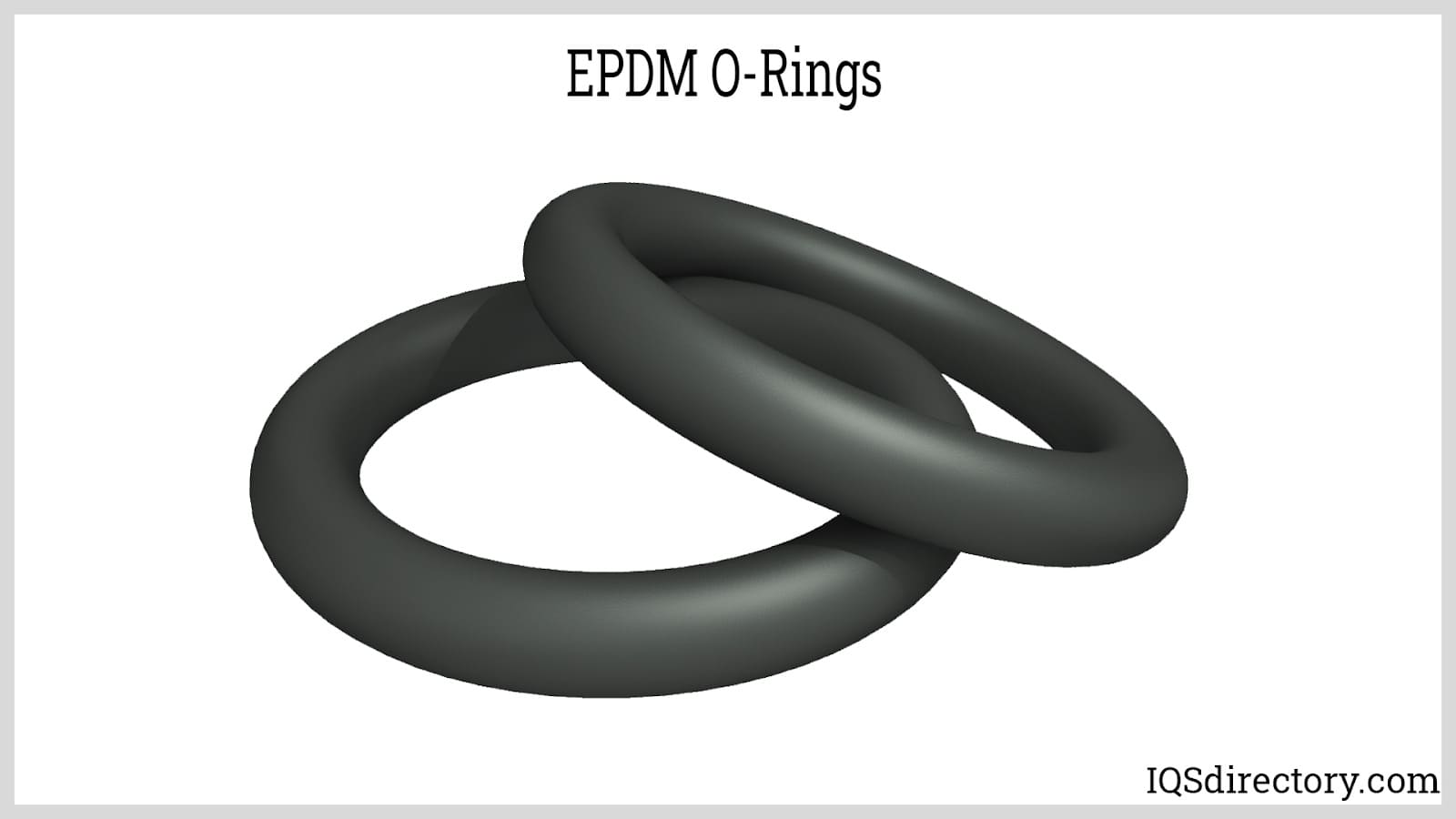
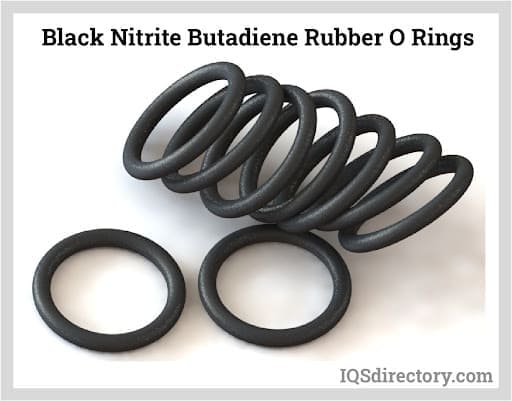
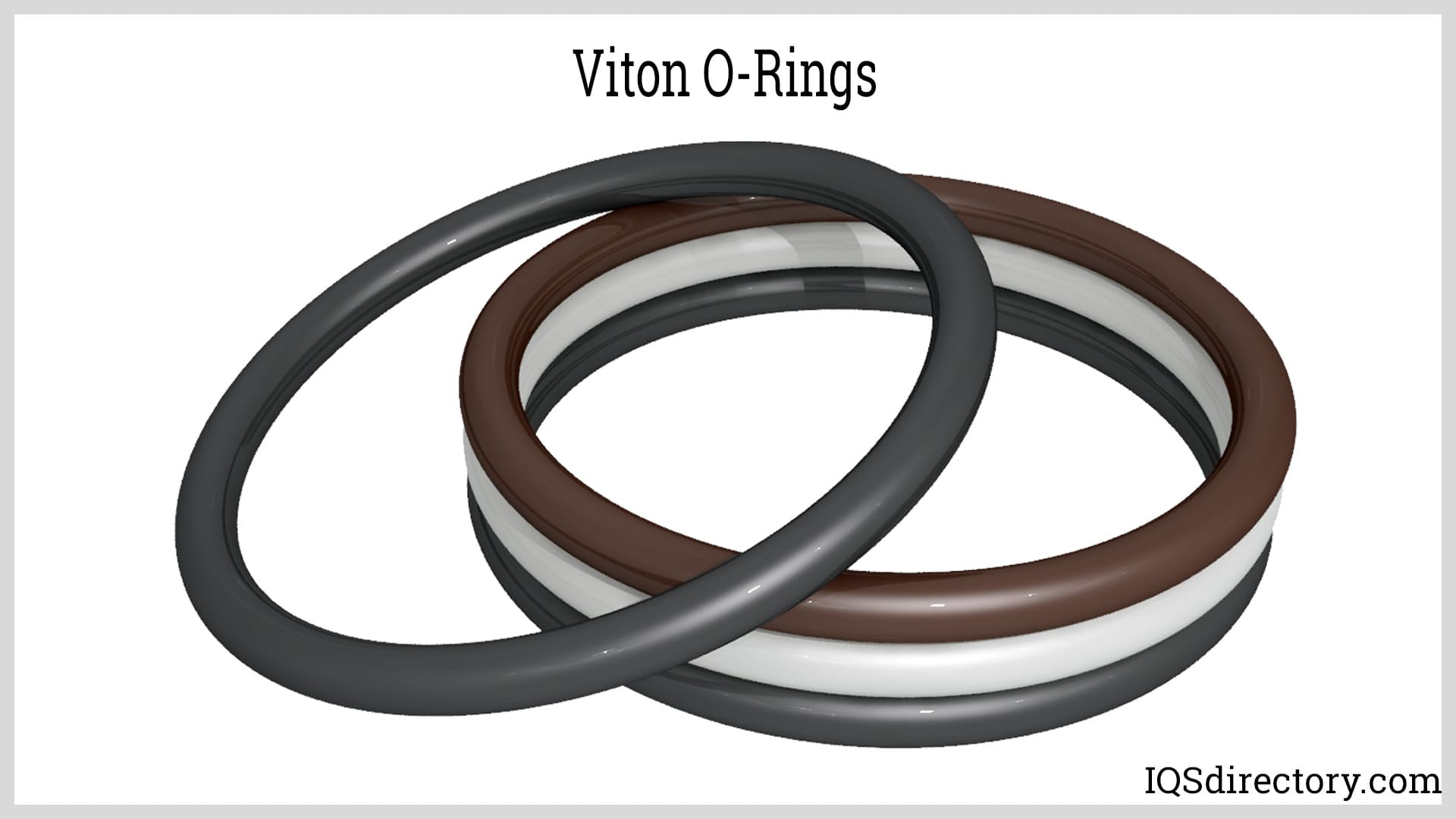
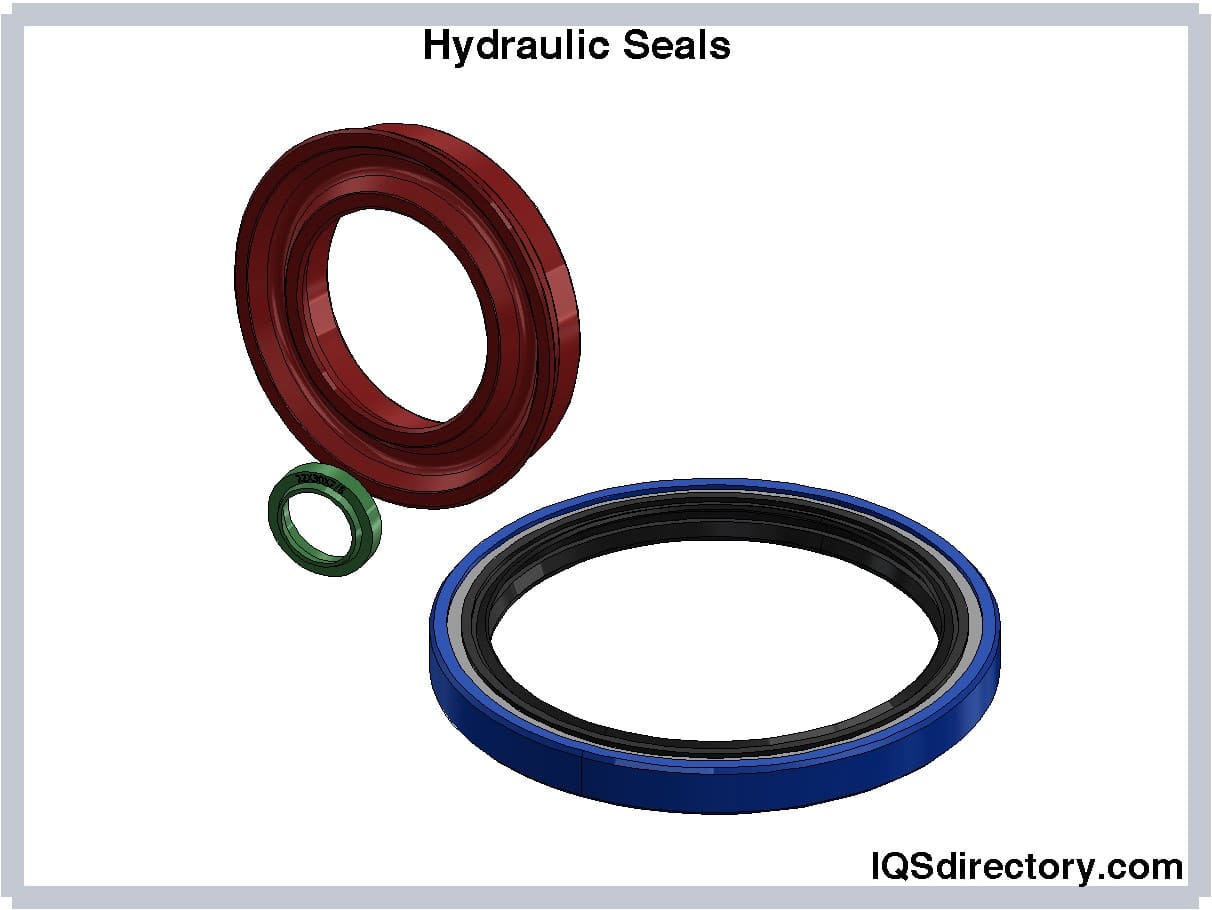
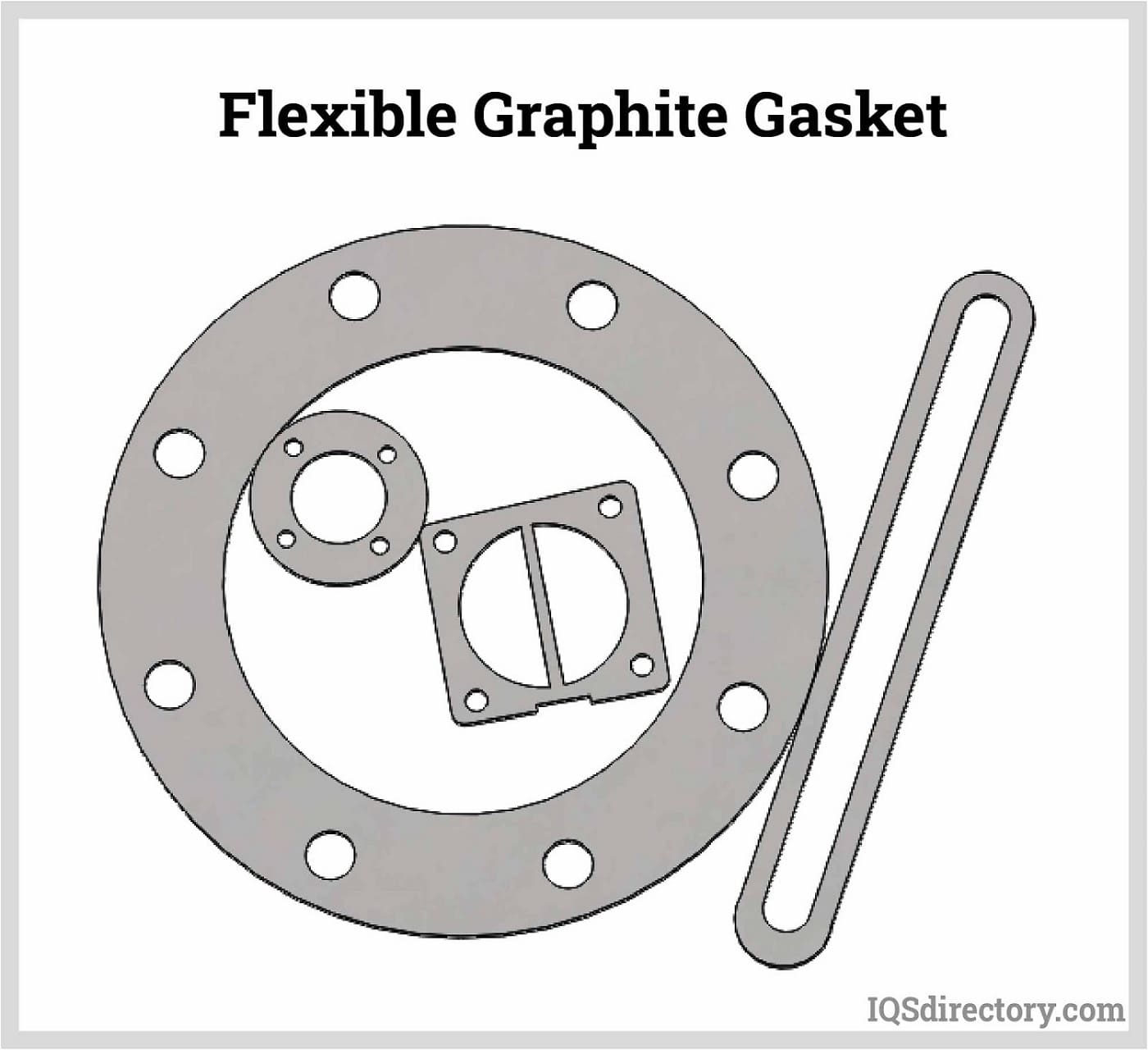
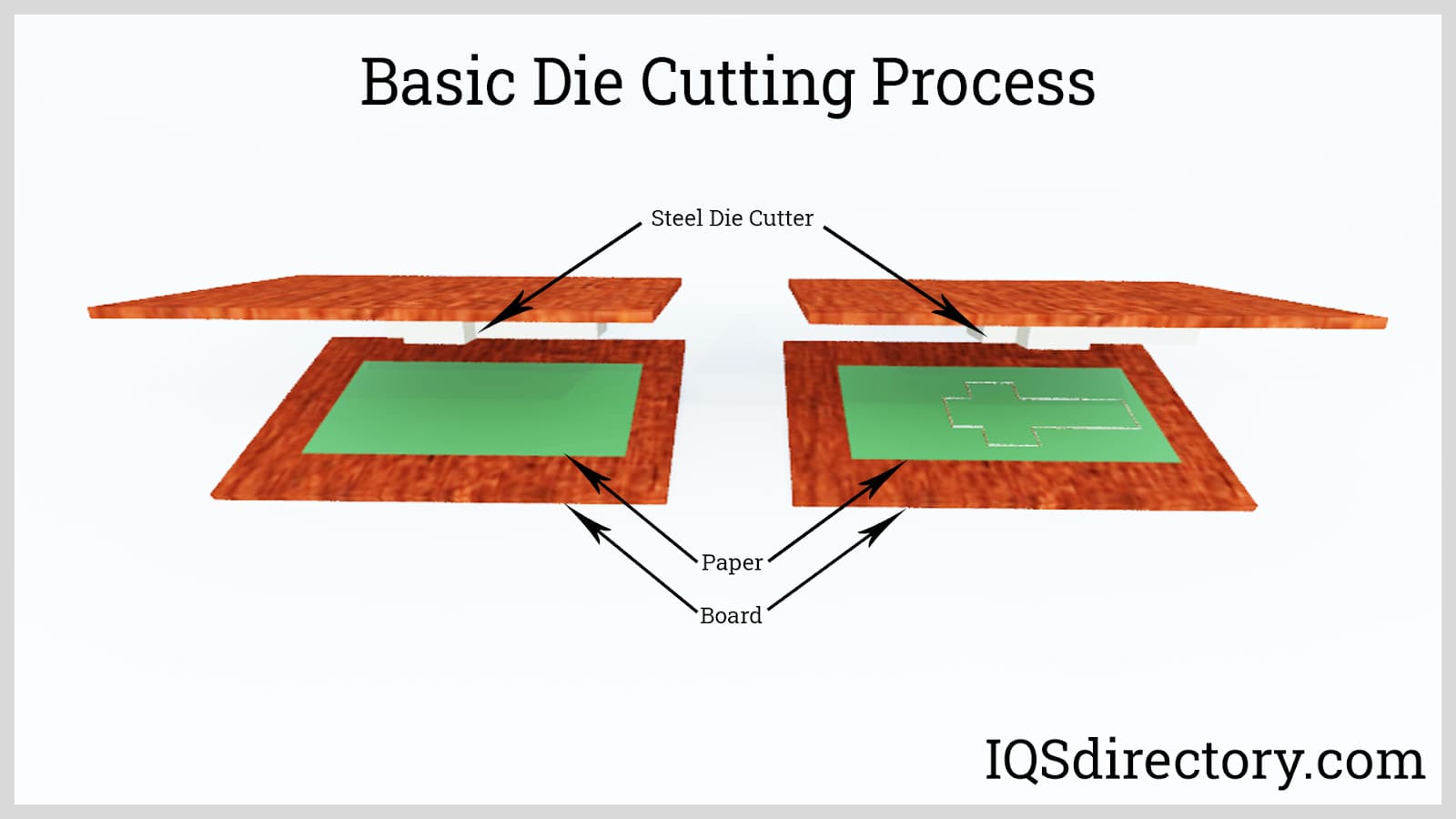
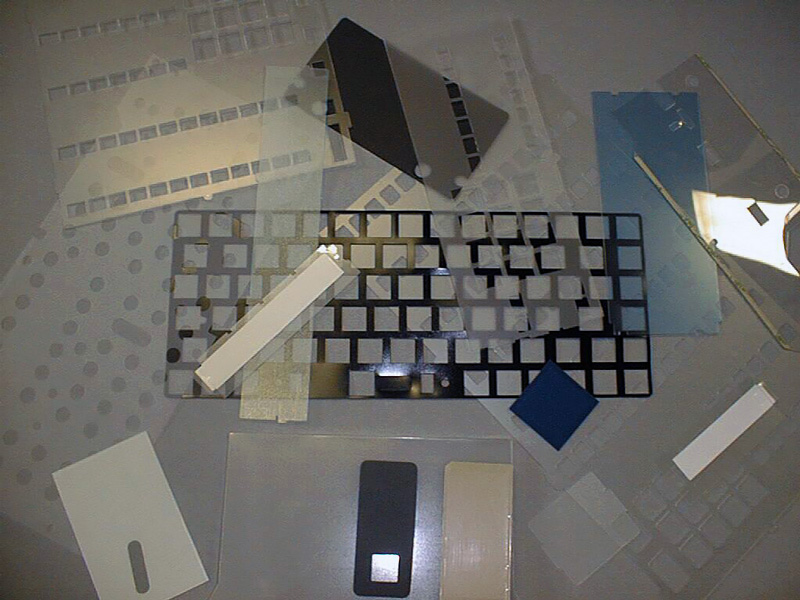 Die Cutting
Die Cutting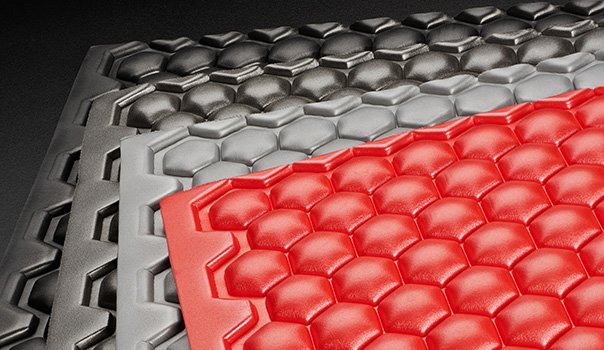 Foam Fab
Foam Fab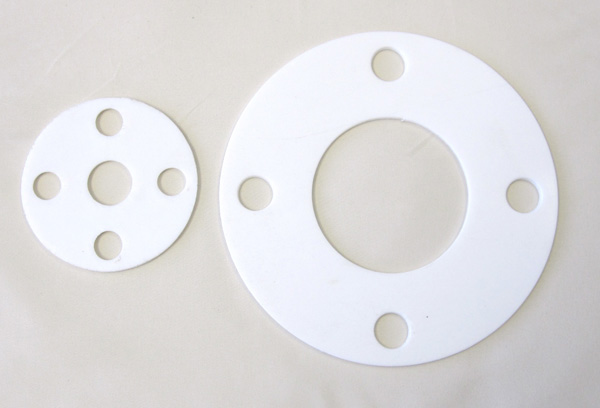 Gaskets
Gaskets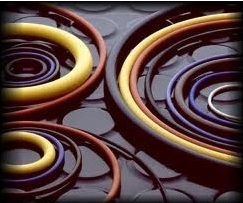 O-rings
O-rings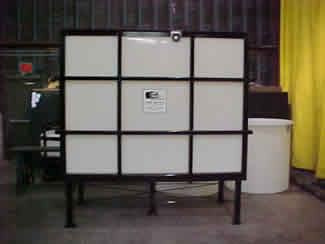 Plastic Fabricators
Plastic Fabricators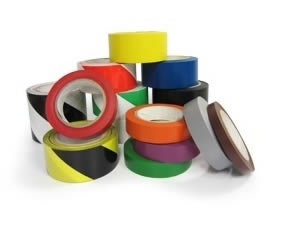 Tape Suppliers
Tape Suppliers Castings & Forgings
Castings & Forgings Bulk Material Handling
Bulk Material Handling Electrical & Electronic Components
Electrical & Electronic Components Flow Instrumentation
Flow Instrumentation Hardware
Hardware Material Handling Equipment
Material Handling Equipment Metal Cutting Services
Metal Cutting Services Metal Forming Services
Metal Forming Services Metal Suppliers
Metal Suppliers Motion Control Products
Motion Control Products Plant & Facility Equipment
Plant & Facility Equipment Plant & Facility Supplies
Plant & Facility Supplies Plastic Molding Processes
Plastic Molding Processes Pumps & Valves
Pumps & Valves Recycling Equipment
Recycling Equipment Rubber Products & Services
Rubber Products & Services